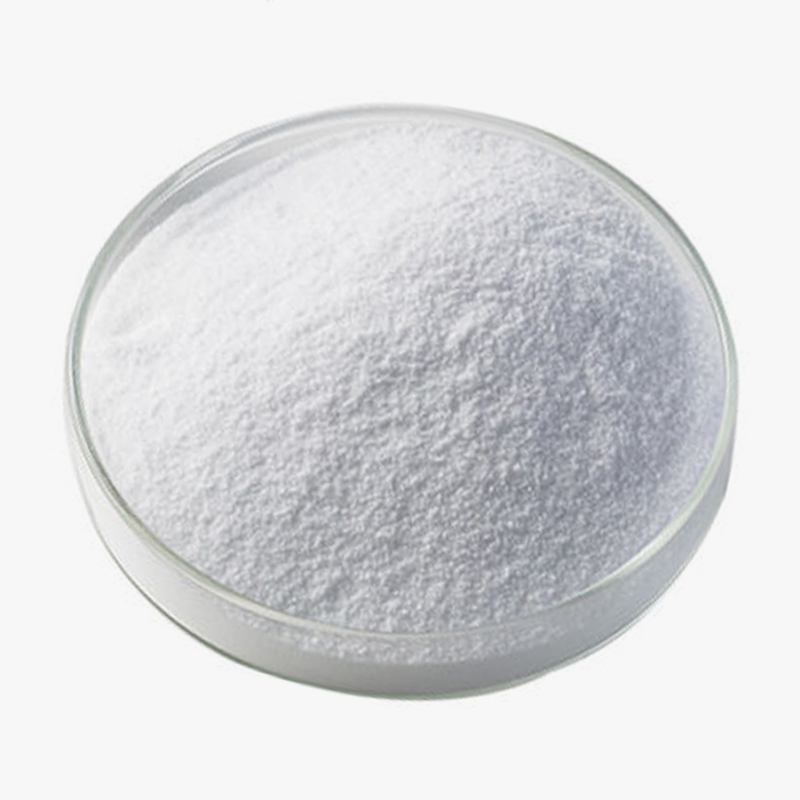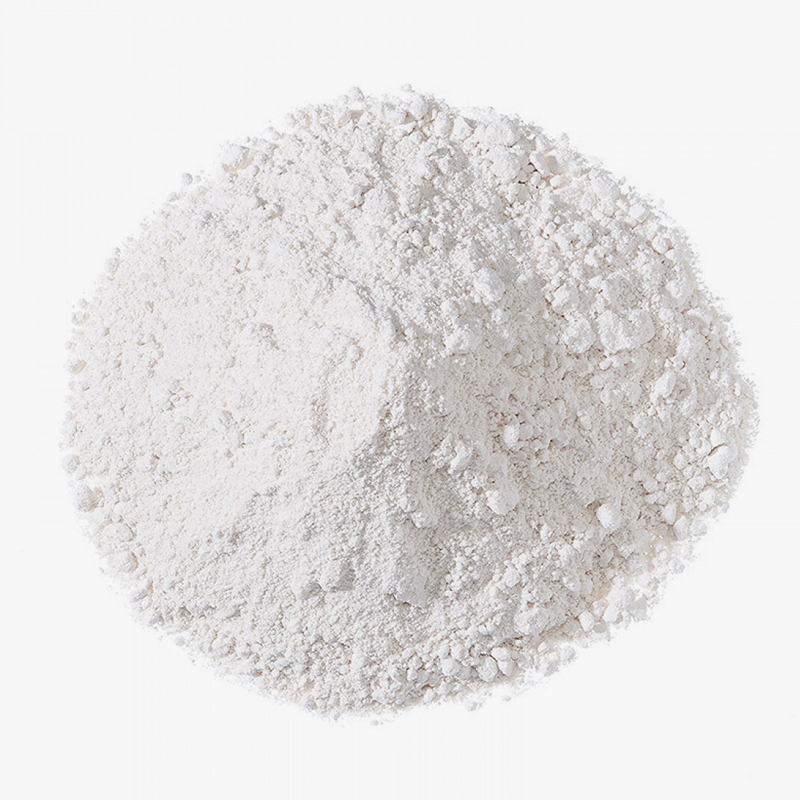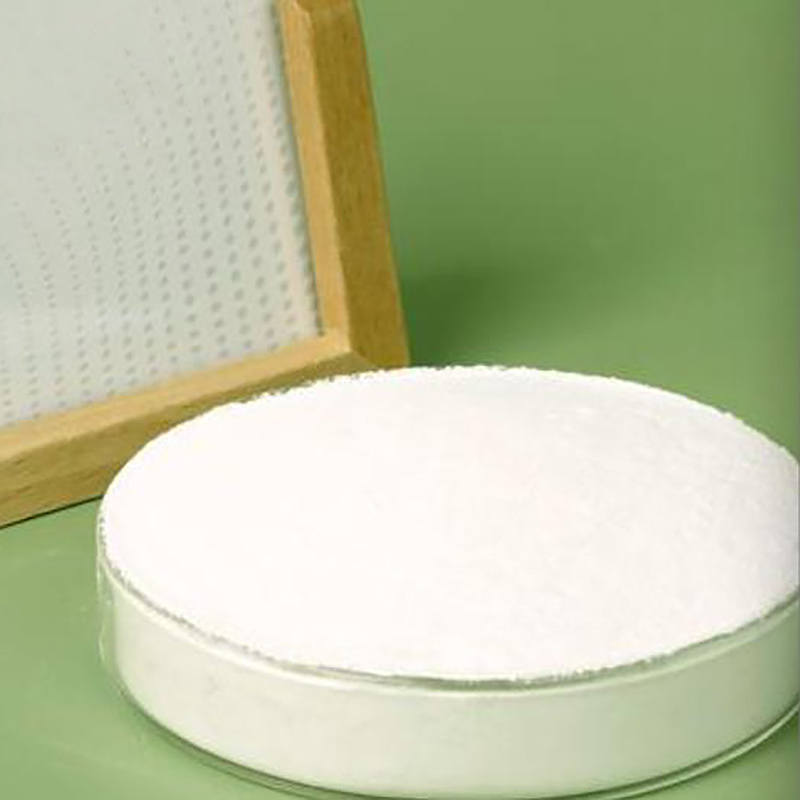Hydroxypropyl Starch Ether (HPS) is a starch derivative obtained by chemical modification. It has good thickening, water retention and stability and is widely used in building mortar, food, pharmaceutical and other fields.
Content
1. Thickening principle
(1). Molecular structure characteristics
Hydroxypropyl substitution: The hydroxyl group (-OH) in the starch molecule is replaced by hydroxypropyl (-CH₂CHOHCH₃), which destroys the original crystalline structure of the starch and enhances its hydrophilicity.
Steric hindrance effect: The introduction of hydroxypropyl increases the molecular distance, reduces the intermolecular hydrogen bonds, makes the starch chain easier to stretch, forms a network structure, and locks in moisture.
(2). Swelling and dissolution
HPS combines with water molecules in water through hydrogen bonds, the particles swell and gradually dissolve, resulting in an increase in the viscosity of the solution.
Temperature dependence: Swelling is slow at low temperatures, and heating can accelerate dissolution (suitable for systems that require heating to thicken, such as food processing). (3) Network structure formation
The dissolved HPS molecular chains entangle with each other to form a three-dimensional network structure, which restricts the free movement of water and particles, thereby thickening.
2. Key factors affecting thickening effect
| Factors | Influencing Patterns | Application and Control Recommendations |
| Degree of Substitution (DS) | The higher the DS, the stronger the hydrophilicity and the better the thickening effect (typically DS 0.05-0.3). | High DS is used for high viscosity requirements (such as mortar thickening). |
| Concentration | Viscosity increases exponentially with concentration, but excessive concentrations may cause gelation. | A typical concentration of 0.1%-0.5% is used in building mortar. |
| Temperature | High temperatures promote dissolution, but sustained high temperatures may degrade the molecular chains (heating time should be controlled in food applications). | For food processing, a dissolution temperature of 60-80°C is recommended. |
| pH | Acid and alkali resistant (stable at pH 3-11), may hydrolyze in strong acid/alkali environments. | Avoid direct mixing with strong acids/alkalis. |
| Ionic Strength | Good salt tolerance, but high concentrations of electrolytes (such as Ca²⁺) may reduce viscosity. | Compatibility testing is required in cement mortar. |
3. Precautions for use of hydroxypropyl starch ether (HPS)
(1). Dissolution and Dispersion
Avoid adding water directly. HPS tends to form particles with a gelled outer layer and a dry inner layer in water (the "fish-eye" phenomenon). When using, thoroughly mix HPS with other dry powder ingredients (such as cement, flour, etc.) before slowly adding water and stirring.
Recommended method: Premix the dry powder → Add water while stirring at a low speed → High shear (if faster dissolution is required).
Temperature Control
Construction/Industrial Applications: Typically dissolve in cold water, which results in a slower dissolution rate but better stability.
Food/Pharmaceutical Applications: Heat to 60-80°C to accelerate dissolution, but temperatures exceeding 85°C may cause molecular chain degradation and a decrease in viscosity.
(2).Dosage Control
Construction Mortar: The addition amount is typically 0.1%-0.5% of the dry powder. Excessive amounts will result in excessive viscosity, affecting workability.
Food: The addition amount is 0.5%-2.0%. Excessive amounts may result in a sticky or gelled texture. Pharmaceutical Applications: When used as an adhesive or sustained-release agent, the dosage is 1%-5%, adjusted based on the drug's characteristics.
Note: HPS with different degrees of substitution (DS) exhibit significant performance differences; the optimal dosage should be determined through pilot testing.
(3). Storage Conditions
Moisture-Proof Sealing: HPS is highly hygroscopic and should be stored in a dry environment (humidity ≤ 60%). Re-tighten the packaging after opening.
Protecting from Light and Heat: The recommended storage temperature is ≤ 30°C, away from direct sunlight. High temperatures may degrade performance.
Shelf Life: Unopened products typically have a shelf life of 12-24 months, but this may be reduced to 6 months in humid environments.
(4). Safety and Environmental Protection
Handling Precautions: Dust Control: Wear a mask during mixing to avoid inhalation of dust (which may irritate the respiratory tract).
Eye Contact: If contact with eyes occurs, rinse immediately with clean water and seek medical attention.
Environmentally Friendly Disposal: HPS is biodegradable, but large amounts of waste must be handled in accordance with local regulations and avoided direct discharge into water bodies.

 简体中文
简体中文 English
English русский
русский عربى
عربى Español
Español









